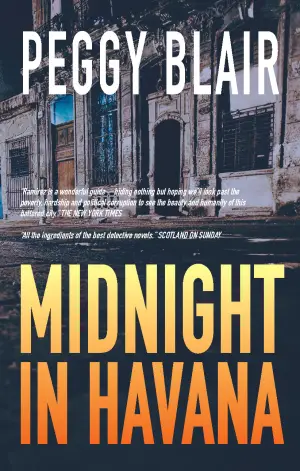The Girls of Good Fortune: A Journey Through Time and Resilience
I’ve always been captivated by stories that transport me to different eras and unravel the complexities of our past, especially when they shine a light on overlooked histories. Kristina McMorris, known for her poignant historical novels, has wonderfully hooked me once more with her latest offering, The Girls of Good Fortune, expected to be released on May 20, 2025. Special thanks to NetGalley and the publisher for providing me with a free electronic ARC in exchange for an honest review—what an enthralling adventure it turned out to be!
Set in Portland, Oregon, during the tumultuous year of 1888, we follow Celia, a young woman who awakens in the horrific confines of an underground cell after being shanghai’ed. The narrative unfolds with jaw-dropping intensity as Celia recalls her life—from her days as a maid in the mayor’s household to her unfortunate year spent in a local brothel. With her memories flooding back and a fierce determination to return to her loved ones, Celia’s quest sets the stage for a poignant exploration of identity, courage, and the harsh realities of a society marred by racial discrimination.
What moved me most about Celia was her resilience. As she battles not just the patriarchal structures of her time but also the rampant anti-Chinese sentiment, I found myself relating deeply to her struggles. She embodies an unwavering spirit, making her a character that resonates profoundly. McMorris’s ability to craft such a relatable and dynamic protagonist speaks volumes to her talent as a storyteller.
The dual timeline structure, alternating between Celia’s life before and after her abduction, adds depth and complexity to the narrative. Just when you think you understand her circumstances, a twist reveals new layers of her character and motivations. The epilogue, set in 1995, brings a striking sense of closure and reflection, allowing readers to grasp the long-lasting impact of Celia’s journey.
McMorris’s writing style shines throughout the novel. Her vivid descriptions and fluid prose immerse you in late nineteenth-century Oregon, ensuring you can almost smell the sea air and feel the weight of societal expectations. I was particularly struck by her nuanced exploration of race and gender, weaving these themes with compassion and insight. Quotes like “To know your worth is to fight for it,” lingered in my mind long after I closed the book, encapsulating Celia’s journey and the broader struggles of women at the time.
As someone who often gravitates towards World War II settings in historical fiction, I was pleasantly surprised by how McMorris transported me to an era that is much less frequently explored. It’s refreshing and eye-opening, deepening my understanding of America’s past and encouraging me to appreciate the diverse narratives that shape our collective history.
The Girls of Good Fortune is a beautifully crafted tale that will appeal to fans of both historical fiction and anyone looking for a compelling story of resilience and identity. It reminds us that history is not just about dates and events, but about the lives and struggles of individuals who dared to challenge the status quo. I wholeheartedly recommend this book to anyone seeking a profound and enriching reading experience.
As I reflect on my journey with Celia, I’m left with a newfound appreciation for the power of storytelling, and I eagerly look forward to where McMorris will take us next. Whether she continues down the path of historical fiction or ventures into new territories, I know it will be a journey worth taking.
Discover more about The Girls of Good Fortune on GoodReads >>











